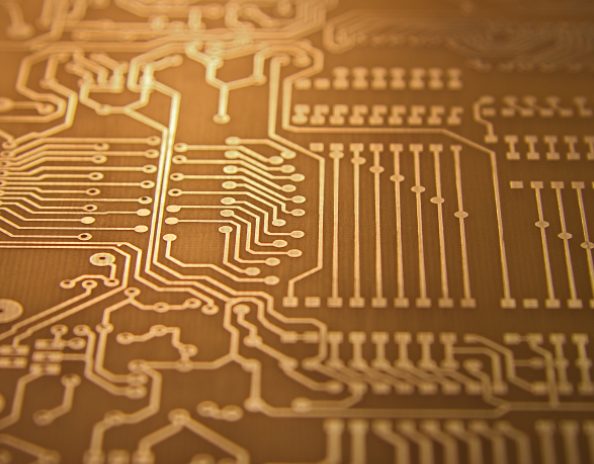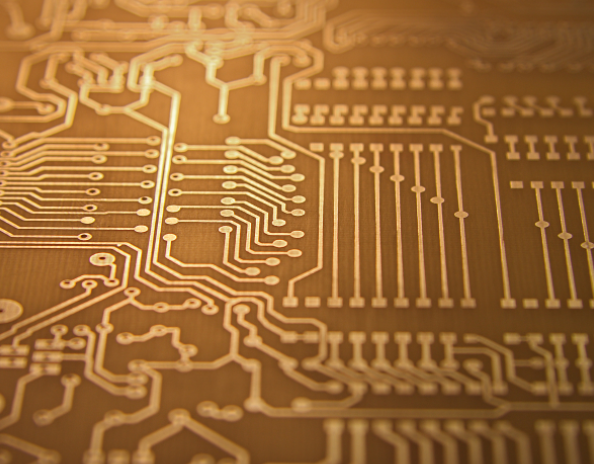
Solution to Ten Common Defects in PCB Stamping
With the improvement of the quality of electronic assembly technology and the need of market competition, automatic chip inserting machines are rapidly popularized With this kind of pipe, the stamping quality requirements for single sided printed circuit boards (a feed single - and double sided non metallized epoxy glass cloth aggregates also use punching) are getting higher and higher As far as the full-automatic insertion machine currently produced and used by PCB manufacturers is concerned, the rate of complaints and returns related to stamping quality has risen to the top This paper mainly introduces PCB stamping and their solutions, including burrs, bulges around the opening of copper foil, upward rotation of hole copper hole, delamination and whitening around the opening of substrate, inclination and deviation of hole wall Position, rough section, cracks between holes and between holes, expansion shape, jumping and blocking of waste materials, etc, Please follow the editor for more information
1、 Minor fault
reason
The gap between the male die and the female die is too small, resulting in cracks on both sides of the male die and the female die without overlap, and two extrusion shears on both ends of the section.
The clearance between the female die and the male die is too large. When the punch drops, the cracks appear late, and the shear is completed like tearing, resulting in non overlapping cracks.
Circuit board

The cutting edge is worn or rounded or chamfered. The cutting edge does not play a role in wedge segmentation, and the entire section is torn irregularly.
Solutions
The blanking clearance between the female die and the male die shall be reasonably selected. This punching and cutting is between extrusion and stretching. When the punch cuts in the data, the cutting edge forms a wedge shape, resulting in almost linear overlapping cracks in the plate.
Timely trim the fillets or chamfers generated by the cutting edges of the female die and the male die.
Ensure the vertical concentricity of the female die and the male die to make the fit clearance even.
Ensure that the mold is installed vertically and stably.
2. Raised around copper foil opening
reason
The blanking clearance between the female die and the male die is too small, and the edge of the punch becomes blunt. When the punch is inserted into the preheated and softened printed board, the board will extrude and move outward and upward around the punch.
The edge of the punch has a taper. When the punch continues to enter the sheet, the bulge around the hole will increase with the increase of the punch taper.
Solutions
Blanking shall exceed 20% of the original design thickness; Otherwise, replace the plate or redesign the mold.
Blanking shall have enough pressure to overcome the backward extrusion force of data movement during blanking;
Third, the copper port of the orifice plate is upward
reason:
Due to the tooth clearance, the copper foil is pulled into the stamping clearance between the female die and the male die.
The adhesion between copper foil and substrate is poor. When the punch is pulled out of the hole of the printed board being punched, the copper foil is pulled up by the punch.
There is an inverted cone at the edge of the punch, which expands and deforms. When the punch is pulled out of the hole of the printed board, the copper foil will be pulled out together with the punch.
Solution:
Use positive influences.
Replace the punch.
The clearance between the punch and the discharge plate shall not be too large, and sliding fit shall be used.
Layered whitening around PCB substrate opening
reason
The blanking clearance between the female die and the male die is inappropriate or the cutting edge of the female die becomes blunt. When punching, it is difficult for the punched plate to form shear cracks at the edge of the concave pattern.
The blanking efficiency of the substrate is poor or the substrate is not preheated before blanking.
The pressure is very low.
The lower leakage hole of the die blade is blocked or the leakage resistance is large, resulting in expansion and delamination.
Solution:
The blanking clearance between the female die and the male die shall be reasonably expanded;
Repair the blunt die blade in time;
Additional pressure;
Adjust the preheating temperature of the substrate;
Enlarge or ream
5、 Hole wall inclination and offset
reason
The punch has poor rigidity, unstable centering, and inclines into the workpiece.
The installation of the punch is inclined or the clearance between the punch and the discharge plate is too large, and the discharge plate cannot provide accurate guidance for the punch;
The clearance between the female die and the male die is uneven. On the side with smaller clearance, the punch will be subjected to larger radial force and slide to the side with larger clearance; 4). The concentricity of concave convex mode components is poor; Shape offset of push plate and concave convex die; The accuracy of the push plate and the female die is too poor (referring to compound blanking).
Solution:
Reasonable selection of punch data; Improve the rigidity, strength, hardness and non-uniformity of the punch.
Improve the processing concentricity and assembly concentricity of punch and die.
Improve the matching accuracy of punch and discharge plate to ensure accurate guidance.
Ensure the machining accuracy and assembly accuracy of guide post and guide sleeve; Reduce the fit clearance between the shape of the push plate and the female die, so that the shape of the push plate is consistent with the concave convex shape.
Sixth, PCB is rough
reason
The blanking clearance between the female die and the male die is too large; The cutting edge of the female die is seriously worn.
The punch punching force is insufficient and unstable. 3). The blanking efficiency of sheet metal is poor. For example, the base material contains too much glue, the base material is aging, and the laminating adhesion is low.
Solutions
Select the appropriate blanking clearance between the female die and the male die.
Timely trim the blade of the mold.
Selecting PCB substrate has better blanking efficiency, and strictly control preheating temperature and time according to process requirements







